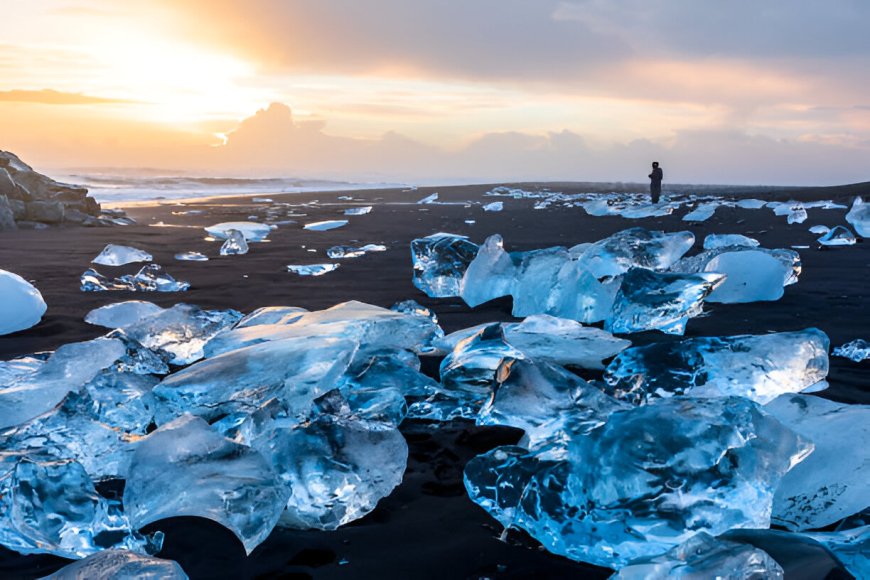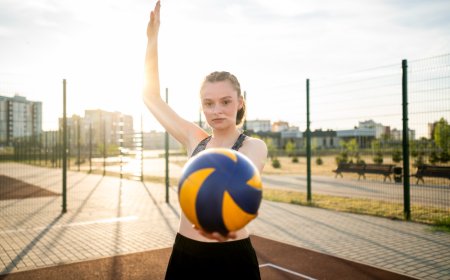Discover the Best Time to Travel to Iceland – A Month-by-Month Guide for Every Traveler
Planning a trip to Iceland? One of the most important decisions you'll make is choosing the best time to travel to Iceland.

Planning a trip to Iceland? One of the most important decisions you'll make is choosing the best time to travel to Iceland. From dazzling Northern Lights to vibrant summer festivals, each season in Iceland offers a unique experience. This guide breaks down what to expect in every season, so you can pick the perfect time to visit based on your interests.
? Why Iceland is a Year-Round Destination
Iceland is known for its dramatic landscapes, natural hot springs, waterfalls, volcanoes, and glaciers. But when you go depends on what you want to see and dowhether it's hiking in midnight sun or witnessing the aurora borealis dance across the night sky.
?? Winter (November to March): The Northern Lights Season
-
Weather: Cold, snowy, and dark with temperatures averaging -1C to 4C.
-
Highlights:
-
Best chance to see the Northern Lights
-
Snow-covered landscapes and ice caves
-
Fewer tourists = more peace
-
-
Activities:
-
Glacier hiking
-
Ice caving
-
Soaking in geothermal hot springs
-
-
Tips: Pack layers, a warm jacket, and book aurora tours early.
Ideal for: Photographers, adventurers, and those seeking Icelands magical winter charm.
? Spring (April to May): Peaceful Transition
-
Weather: Warming up with average temps between 2C to 10C.
-
Highlights:
-
Melting snow reveals green mossy terrain
-
Puffins begin to arrive in May
-
Waterfalls at full flow due to snowmelt
-
-
Activities:
-
Road trips on the Ring Road
-
Hiking and sightseeing
-
Fewer crowds than summer
-
Ideal for: Travelers seeking mild weather, fewer tourists, and early wildlife spotting.
?? Summer (June to August): Midnight Sun & Festivals
-
Weather: Warmest months with temperatures from 10C to 15C (can reach 20C).
-
Highlights:
-
Midnight sun 24-hour daylight in June
-
Lush landscapes and open highland roads
-
Summer festivals and local celebrations
-
-
Activities:
-
Camping, hiking, whale watching
-
Exploring remote areas like the Highlands
-
Attending Icelands famous music and art festivals
-
Ideal for: Outdoor lovers, festivalgoers, and those who want to see it all.
? Fall (September to October): Golden Landscapes
-
Weather: Cooling down with average temps between 5C to 10C.
-
Highlights:
-
Changing foliage colors
-
Northern Lights return late September
-
Fewer tourists after summer rush
-
-
Activities:
-
Scenic drives and hot springs
-
Local cuisine and culture experiences
-
Early season ice cave tours
-
Ideal for: Budget-conscious travelers, photographers, and Northern Lights seekers.
? Conclusion
The best time to travel to Iceland really depends on your interests. For Northern Lights, visit between November and March. If you want endless daylight and outdoor adventures, June to August is perfect. And if you're after lower prices and fewer crowds, consider the shoulder monthsApril-May or September-October.






























